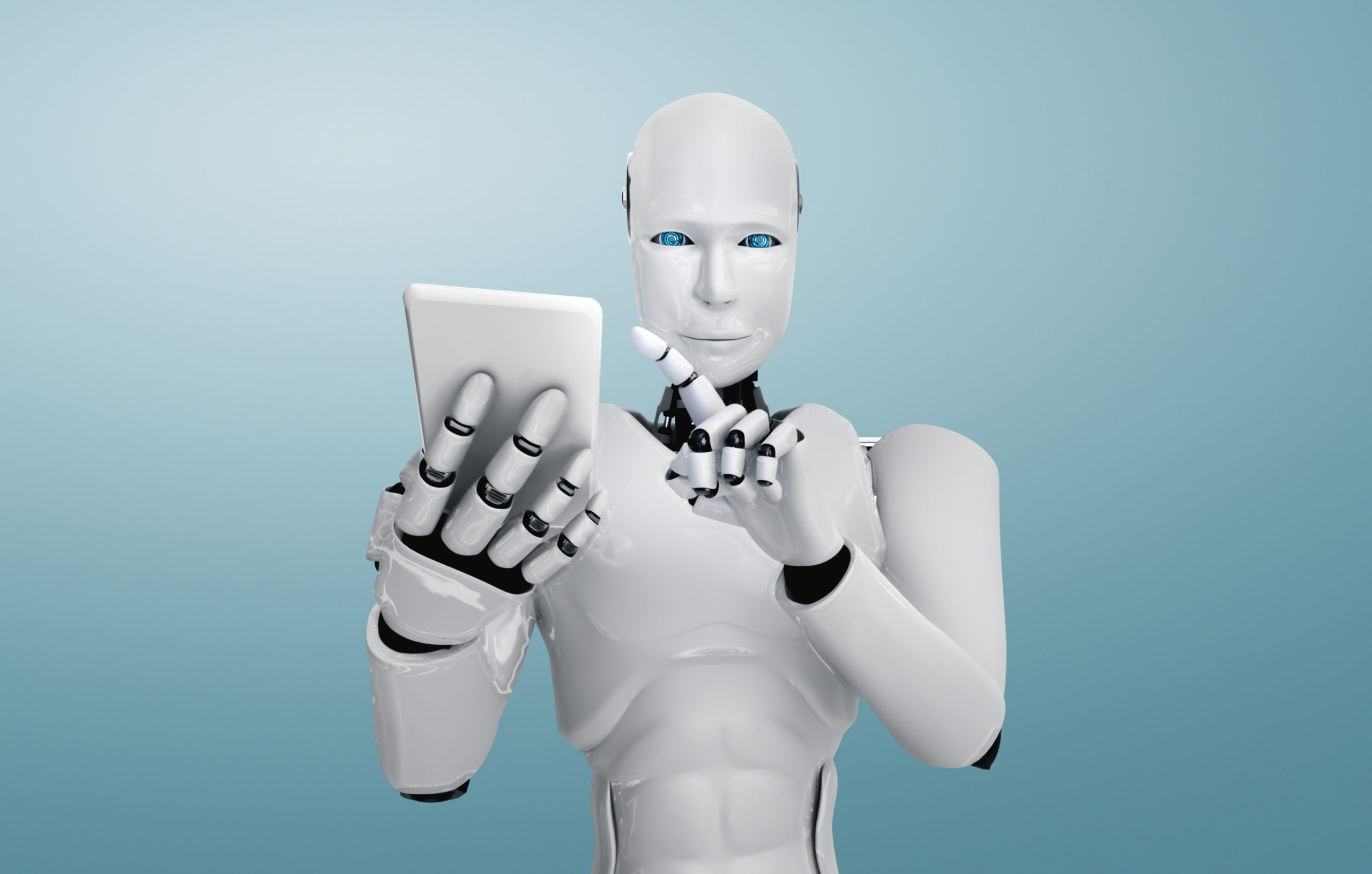Live from SAPinsider Studio: Ashish Morzaria of SAP on SAP Predictive Analytics
Ashish Morzaria, Director, Advanced Analytics, SAP, joins SAPinsider Studio at the BI-HANA-IoT event in Las Vegas to discuss predictive analytics. Topics of this discussion include new features and functionality in SAP Predictive Analytics 2.5, reasons why predictive is gaining steam in the enterprise, and how use cases extend beyond traditional business intelligence.
This is an edited transcript of the discussion:
Ken Murphy, SAPinsider: Hi, this is Ken Murphy with SAPinsider, and I am at the SAPinsider BI-HANA-IoT event in Las Vegas. Today, I’m pleased to be joined by Ashish Morzaria, who is the Director, Advanced Analytics, SAP. He is here today to talk to us a little bit about predictive analytics. Ashish, thanks for being with us.
Explore related questions
Ashish Morzaria, SAP: Thanks for having me.
Ken: I was hoping we could start if you could just address the need today for organizations to become predictive and to adopt a predictive mindset. Why is this important?
Ashish: Well, everyone is dealing with more data. And everyone has been spending all of their time analyzing the data with more traditional tools. The amount of data that we’re getting these days, the speed at which we’re getting this data is just simply not humanly comprehensible. And that’s why we need something like predictive analytics to be able to analyze the data algorithmically. And be able to help the computer help us make decisions as opposed to having us trying to interpret some results we want the compute to interpret the results and then help us make better decisions. So at the end of the data that is what business is all about.
Ken: Do you see in your experience companies hesitating or balking at taking that leap to become predictive, because they just feel they don’t have the in-house skills needed, like data scientists for example? How do you address that, and how do companies bridge that gap and jump that hurdle?
Ashish: Absolutely, the largest challenge we have is that many analytics customers hear the words “predictive analytics” or “data science” and they think they need to be a PhD in math and they back away from it. What they don’t typically realize is that predictive analytics is really about analyzing the data they have which is what they’ve been doing for the last 15 years using Business Intelligence. So this is just another tool that can help them understand their data better, and they need to invest a little bit into the new toolset. Our product, which is SAP Predictive Analytics, includes an automated technology that helps business users work on the business problem and not the algorithms themselves. And so the fact that predictive analytics seems like it’s a very scary thing, our customers need to understand that the software has gotten better, automated machine learning has allowed the computer to start learning a lot of this stuff on its own, and help the decision maker make those decisions. So it’s not as scary as it sounds, but you don’t know that until you start looking more into it.
Ken: So some of this is under the covers, if you will. They’re looking at the data, not at the machinations underneath that are allowing them to become predictive?
Ashish: Absolutely. In the past, you had to do coding and scripting to try and analyze the data and of course now we have the computer being smart enough to be able to handle a lot of this stuff on its own and iterate through the data. It’s no different than when we went from paper and manual things into the computerized world. This is just the next step of having the computer be more intelligent for you.
Ken: So what kind of data then is required to become predictive?
Ashish: Well, this is where it becomes very counter-intuitive. In the BI world we want to narrow down the type of data we’re looking for because there’s just too much of it. In the predictive world, we actually want all of the data. We want as much data, we want the transactional information, because we want the computer to be able to find patterns, even the smallest patterns in the data that a human probably can’t find. So we want it all. We want as many columns as you can have, we want as many rows as you can, and we want to have the computer helps us understand what’s important rather than trying to narrow down the data so we can fit it into a report or something like that which is very counter-intuitive. We’ve spent 15 years trying to reduce the data for people to understand. Now we need to increase the amount of data for the computer to understand.
Ken: A few days ago here at the keynote address we heard news of a new release of SAP Predictive Analytics. Can you tell our viewing audience about the new release, and some new features and functionality?
Ashish: Absolutely, so we announced SAP Predictive Analytics 2.5, and 2.5 is really a move on our big data feature set. We have been connecting to Apache Spark and Hadoop underneath for the longest time but we’ve now brought our automated predictive technologies down to the Spark layer itself, so rather than extracting data from a big data source, which is of course not very efficient and sometimes not even possible, we’ve pushed our algorithms down into the big data source right into Spark and that increases the efficiency and allows us to work on much larger datasets, and allows it to be significantly faster. So we’ve also got a number of other features to help you analyze the data, and it’s really a gigantic improvement in terms of the amount of productivity someone can have in analyzing a lot of data, whether it’s big data, or HANA, or even a relational source.
Ken: Lastly, can you address maybe a typical use case of a company that is using predictive or that has adopted that predictive mindset to maybe spur innovation?
Ashish: We normally have the typical revenue forecasting type of use case, but we’ve seen some very interesting use cases. For example, telcos when they have someone who is canceling their service or a wireless company is canceling their service, what they’re now doing is starting to analyze who that person called, and who that person normally talks to on the phone. Because if this person left, they may start convincing their friends and their family to switch to another provider as well. So that telco, when they lose one customer, they actually may end up losing 10 or 15 customers, and that’s not a pattern that’s easy to be able to find in a bar chart or any type of graph. So we now use algorithms to be able to traverse the list of calls that that person made to understand that this person is affecting the next 15 people. Maybe we should be addressing the needs of that person and those 15 people so that we don’t lose 16 people instead of one. So that’s the type of thing that adds value, and there isn’t a way to do this with traditional analytic tools.
Ken: Ashish, thanks for joining us today.
Ashish: Great. And thanks for having me.








